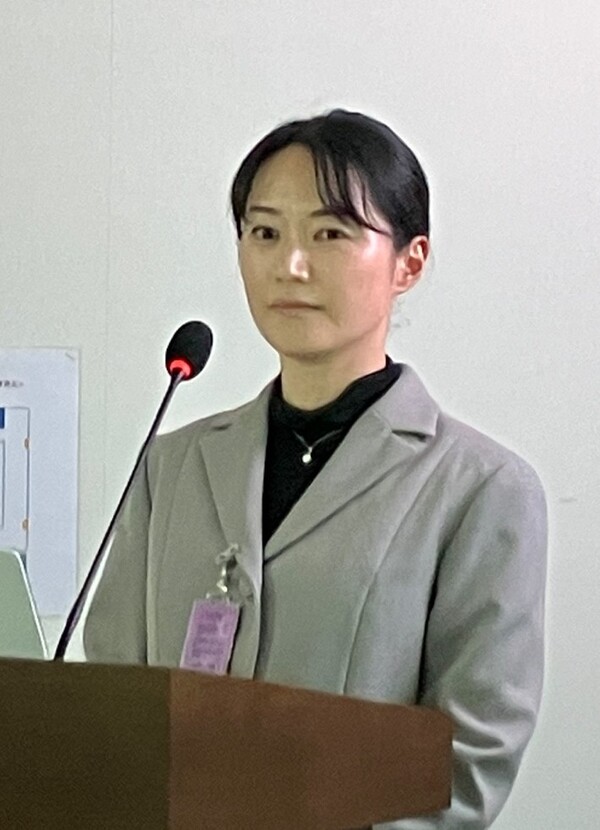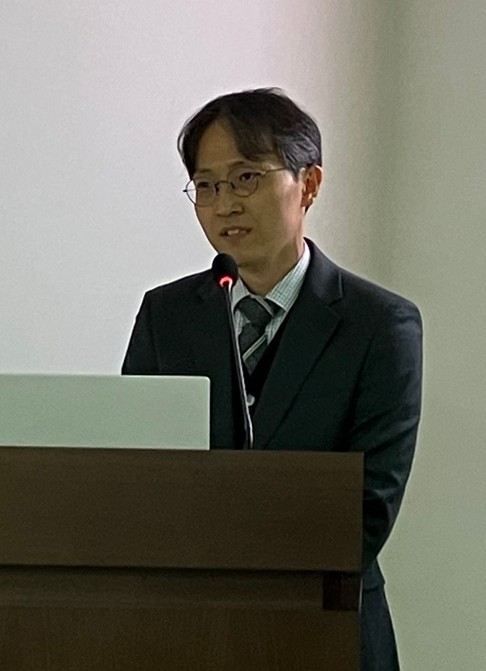
Korea is pushing for various home healthcare pilot projects ahead of the country's entry into the super-aged society. However, exports point out that it is difficult to vitalize the system due to fragmented implementation and insufficient institutional support.
Reps. Lee Jong-sung of the People Power Party and Shin Hyun-young of the Democratic Party of Korea held the symposium “Discussion on Desirable Home Healthcare Policies” at the National Assembly on Tuesday to explore ways to promote telemedicine in Korea based on the experience of Japan, which has invigorated telemedicine ahead of Korea.
Dr. Rie Kamigaichi, a specialist in rehabilitation medicine at Tsubasa Home Care Clinic in Japan, gave a presentation on "Home Healthcare in Japan," noting that the demand for home healthcare is increasing in Japan due to the acceleration of population aging.

"With the acceleration of the population aging, the demand for home healthcare is increasing," Dr. Rie said. "Especially among older adults, the vicious cycle of emergency transport, hospitalization, and hospital deaths is becoming increasingly common. We need to break this vicious cycle."
In particular, she cited the development of a system that integrates nursing care and medical treatment and the voluntary participation of medical institutions as factors in the revitalization of home care in Japan.
"I think the success factors are that nursing care and medical services are well coordinated, and the reimbursement rate is quite high for doctors," Rie said. "In general hospitals, outpatient fees are relatively low, so doctors are willing to make house calls."
In inner cities, young doctors want to make money, so they want to set up visiting clinics, Dr. Rie explained. There is also fierce competition for patients in inner cities. The key to success in telemedicine is to price your services properly, she added.
In Japan, home healthcare is divided into two. One is an outcall, a quick visit based on the needs of the patient or family, and the other is a house call, which is a regular visit to the patient's home. Patients eligible for home visits are limited to those who are undergoing home care and have difficulty visiting hospitals due to illness.
In Japan, home healthcare fees are divided into diverse categories, such as;
● Home patient visitation fee
● Comprehensive medical management fee for homecare
● Comprehensive medical management fee for institutionalization,
● Homecare guidance fee,
● Homecare management guidance fee
● Outcall consultation fee
● Fees for each activity, such as outpatient medication, tests, and treatments
For a twice-monthly visit to the lowest facility other than a homecare support clinic, a fee of 52,720 yen (about 459,000 won or $350) is calculated, including a home patient visit fee, a comprehensive medical management fee, a comprehensive support surcharge, and a home care management guidance fee.
The fee for one visit (26,360 yen) is five times higher than that for one outpatient visit (5,120 yen). Patients’ out-of-pocket expenses for home visits are around 10 percent.
She explained that there are four medical functions required for home healthcare -- daily care support, discharge support, response to rapid changes in symptoms, and care -- and that it is essential to coordinate medical and nursing care by various professions to carry out these functions.
"A medical institution alone can't implement home healthcare to support older adults," Dr. Rie said. "It is necessary to connect people from various professions, including doctors, home nurses, home rehabilitation experts, nutritionists, nursing caregivers, home bathers, pharmacists, dentists, and care managers."
Dr. Rie admitted that the Japanese system still has a lot of room for improvement. “I hope Korea will adopt the good parts of the Japanese system and create a better system unique to Korea," she said.
However, Korean experts pointed out that home healthcare systems are still in the pilot project stage in the country due to limitations, including difficulties in finding patients and a lack of workforce.
"Home healthcare requires a lot of manpower because a team approach is essential, and doctors alone cannot do it,” said Dr. Lee Chung-hyeong, a member of the Korean Medical Association's special committee on community care. “Nor can we solve the problem by setting up a few telemedicine centers in each locality. It is ideal for continuity of care for patients to receive visit care from doctors they met in hospitals.”

Dr. Lee emphasized the need for a support system, including a reimbursement system, to encourage local medical institutions to participate. In addition, he suggested that each locality set up a home healthcare support center.
"There is a need for institutional support, including a better reimbursement system to encourage local medical institutions to participate," Lee said. "A system should be established to support general practitioners who open their clinics and participate in home visits once or twice a week."
Yu Ae-jeong, director of the Integrated Care Research Center at the National Health Insurance Service, said, "Without policy support, it is impossible to realize telemedicine through the participation of doctors in the field.”
The central government should have a big picture of telemedicine as part of the overall medical care system and promote telemedicine within it, she said.
"To this end, we would like to create a structure in which clinics and home care centers cooperate and consider adding to the health insurance and long-term care insurance linkage system," Yu said.
Government officials stressed the need for an integrated and systematic reimbursement system after laying the groundwork for home healthcare.
"Even though home healthcare pilot projects are underway, such a treatment environment is still not in place," said Jeong Seong-hun, director of the Insurance Benefits Division at the Ministry of Health and Welfare.
“If primary healthcare is strengthened or community-related financing is strengthened, then the reimbursement system can be incorporated into it," Jeong said. "The government also believes an integrated and comprehensive reimbursement system is needed to link healthcare and care. As we believe primary healthcare environment or foundation is necessary to produce effects, it is necessary to work with these factors to move in that direction."

